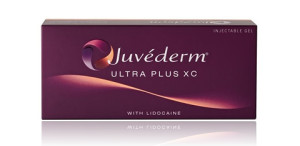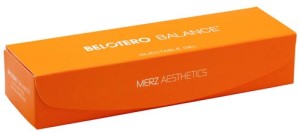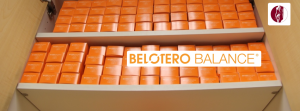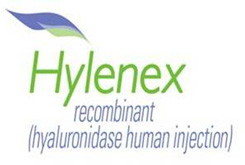Can we undo the effects of Botox?
Unlike hyaluronic acid fillers such as Juvederm, Botox cannot be reversed by injecting another agent into the same area.
Using Botox to fight Botox
Like using fire to fight fire. Well, probably more effective than that. Botox injected in other parts of the muscle or an opposing muscle might lessen the undesirable original Botox effect.
Injecting Botox into the antagonistic muscle
But sometimes, Botox effects can be offset by additional injections of Botox into the opposing muscle (antagonistic muscle). Most of the structures in our body are affected by muscles on a push and pull balance. Botox affects that balance, but we can again re-establish a new balance point by working on the opposing muscle. However Botox only works to relax a muscle. For example if an eyebrow looks like it has dropped, then we can further inject Botox in the muscles which normally depress the eyebrow such as the corrugator muscle or the obicularis oculi muscle – this could help spring the eyebrows back up.
Injecting Botox into the compensatory part of the same muscle
Another way to help with Botox problems is the consider relaxing other parts of the same muscle. Sometimes we get a particular “surprised” look in the eyebrows with Botox. This is the look where the eyebrows on the side go way up when we try to raise the eyebrow. Sometimes this is called the “M” look or the “Spock” look and there are other names to this such as the “Mephisto” look. I think the Spock look explains it quite well – with the pointed eyebrows. This is usually caused by an unequal weakening for the frontalis muscle (forehead muscle) at the central component of this muscle. When the central part of the frontalis muslce is weaker the lateral part tries to compensate by becoming eve more active. We can compensate for this by injecting the lateral parts of the frontalis muscle with more Botox.
What about eye drops for lid ptosis (droop)?
If there is a eyelid droop, there are certain medications that can help the lid raise. But there are other side effects associated with this technique. I hope to come back to this topic in another blog.
Time heals Botox
With time, Botox effects wear off. Fortunately some of the ill-effects of Botox are due to drifting of small quantities of the injected Botox. Thus a few weeks might be all it takes for some of the effects to wear off.
The info here is just for informational discussion
This info isn’t meant as some sort of personalized medical advice. Please see your Botox doctor or injector in person to have a discussion regarding Botox and any need for Botox correction.
All the topics mentioned here is considered off label FDA usage of Botox.
My Botox practice is in Modesto, CA. I respect Botox injections as challenging procedures. I’ve had my share of Botox problems and need for corrective Botox solutions. I look at each of these Botox problems as an opportunity to improve for my Modesto, California patients.







